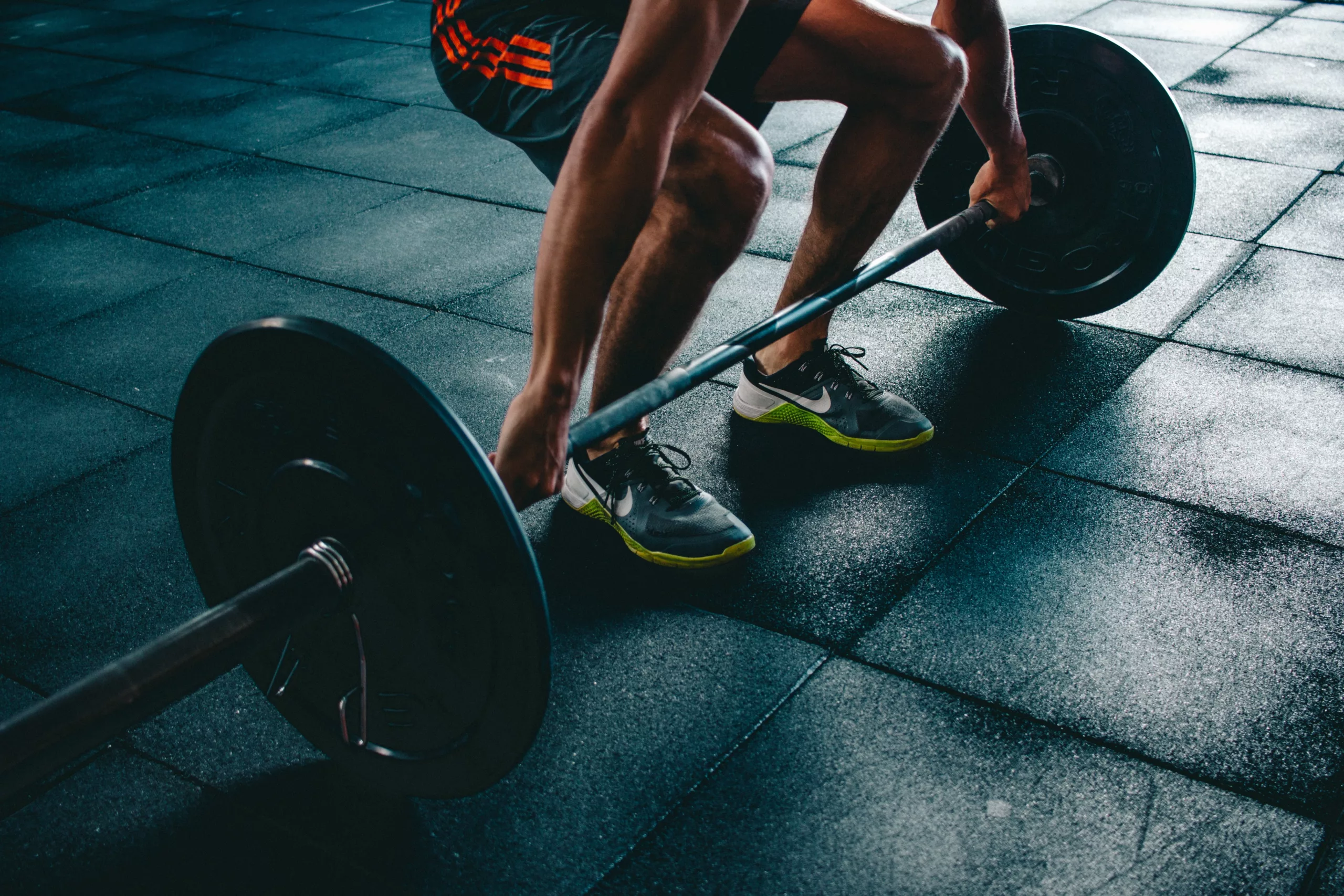A research review from the Performance Digest
Contents
- Background & Objective
- What They Did
- What They Found
- Practical Takeaways
- Reviewer’s Comments
- About the Reviewer
- Comments

Background & Objective
Post-activation potentiation (PAP) has been defined as the phenomenon by which muscular performance characteristics are acutely enhanced by previous exercise. PAP has been traditionally focused on power exercises, however, PAP responses have also been observed in endurance-trained athletes after maximal voluntary contractions. Therefore, the aim of this study was to present the current evidence of PAP in endurance athletes and to discuss the physiological basis and methodological aspects of this ergogenic mechanism for better practice.
What They Did
Activities were considered endurance-based if they lasted for longer than 1-min. The inclusion criteria for this review were: 1) participants should be endurance-trained athletes, 2) an endurance exercise should be present, and 3) pre- and post-exercise measures of muscle or motor performance.
A total of 22 articles were included in this review. 2 articles used maximal voluntary contraction (MVC) as a conditioning activity, one used sub-maximal intermittent contractions, one compared different warm-up protocols, two assessed the effects of warm-up on subsequent simulated trials, 10 studied PAP using different exercise set-ups, and 8 studies looked at race simulations and competitions. Most output measures for assessing PAP were voluntary peak torque or evoked twitch peak torque and the countermovement jump (CMJ).
What They Found
A couple of positive outcomes were found for PAP for warm-ups. National-level rowers that added 5×5-sec isometric contractions to individualised warm-up routines significantly improved mean power and performance time over the first 500 m of a 1000 m rowing ergometer time trial. Despite this, their performance time did not significantly improve over the whole trial. Another paper found a 6 % time reduction (i.e. positive improvement) in a 20 km cycling time trial after adding 4 sets of 5 RM leg press to a 5-min sub-maximal cycling warm-up routine.
This improvement showed a trend towards higher mean power output during the first 10 % of the trial. PAP during training and competition has shown that a conditioning activity consisting of 10-mins of sub-maximal (50 % MVC) intermittent contractions of knee extension can significantly improve the peak torque in endurance-trained athletes when they perform an entire endurance-based protocol. On the contrary, power-trained athletes experienced a significant reduction in peak torque through the 2nd half of the protocol.
Practical takeaways
The concept of using PAP after specific warm-up protocols for endurance performance has been an under-explored area. From the literature reviewed within this study, a key take-home message would be that caution should be taken when using this training method given the fact that a PAP effect is typically shortlived (i.e. PAP conditioning activities used during warm-ups only seem to last < 12 mins). As a result, the positive influence of PAP may only be expected during the first minutes of the subsequent exercise (as shown above), with limited application in long-duration competitive settings. Having said that, the acute effects of PAP would therefore be more important in efforts of a shorter duration (e.g. 1500 m race).
The authors also suggest that higher exercise intensities could induce more fatigue than potentiation on subsequent exercise (i.e. more bad than good), in comparison to prolonged endurance activities. This potentially means that the type of “primer” used may depend on the individual or the sport being prepared for (e.g. endurance sports using an endurance primer or power sports a power primer). Future research should investigate the influence of different modes of exercise (e.g. cycling and running) on PAP given the variability of PAP responses and their effect on subsequent exercise.
Reviewers comments
“This current review suggests that endurance athletes can experience the existence of PAP during and after endurance performances; though the benefits may be short-lived (< 12 mins). The priming exercise used for long-lasting endurance sports should be different than a typical primer used for team- or power-based sports. Based on the research reviewed, an endurance primer may involve sub-maximal intermittent isometric contractions as to keep the potentiation/fatigue balance in favour of PAP. While jump potentiation has been observed after long-duration endurance exercise, performing long-duration exercise as a primer isn’t practical before a competition. Future research is needed to verify the effectiveness of different training interventions in both PAP responses and endurance performance.”
Want to learn more?
Then check these out…
Watch this video
Read this article
Read this article
Listen to this podcast
The full study can be read here.


